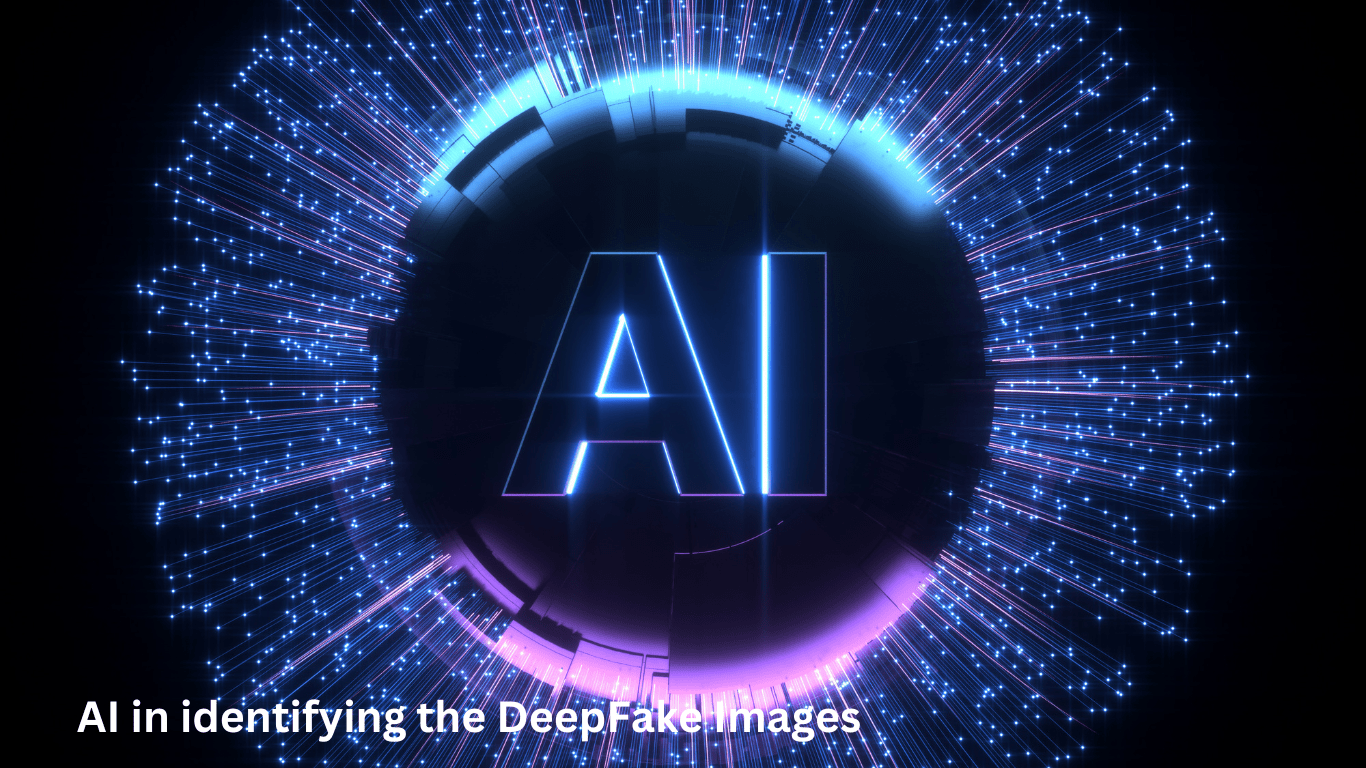Introduction:
The rapid advancement of artificial intelligence has ushered in a new era of digital manipulation, where distinguishing reality from fiction has become increasingly challenging. Deepfakes, fueled by sophisticated AI algorithms, are flooding the online landscape, raising concerns about their potential for fraud, misinformation, and manipulation. In this article, we delve into the world of AI fakery, exploring the techniques used to create deepfakes and offering practical advice on how to identify and combat them. From early warning signs to cutting-edge detection tools, we equip readers with the knowledge they need to navigate this evolving threat landscape. As technology continues to advance at a rapid pace, the prevalence of deepfakes is only expected to grow. It is crucial for individuals and organizations alike to stay informed and vigilant in order to protect themselves from the potential harms of AI manipulation. By understanding the intricacies of deepfake creation and utilizing the latest detection methods, we can work towards combating this digital threat and safeguarding the integrity of online information. Join us on this journey into the world of AI fakery, where knowledge is power in the fight against deception.
How to Spot a Deepfake:
In the early days of deepfakes, detecting manipulation was relatively straightforward, with telltale signs such as unnatural blinking patterns and visual inconsistencies. However, as AI technology has advanced, so too have the capabilities of deepfake algorithms, making them increasingly difficult to discern. While traditional cues like distorted facial features may still be present in some cases, many deepfakes exhibit a level of realism that can fool even the most discerning eye. As such, experts recommend a multifaceted approach to spotting deepfakes, including scrutinizing facial details, assessing the consistency of lighting and shadows, and considering the broader context of the content in question. To further complicate matters, the rise of generative adversarial networks (GANs) has enabled deepfake creators to refine their techniques and produce even more convincing forgeries. These sophisticated algorithms pit two neural networks against each other, with one generating increasingly realistic deepfakes and the other trying to detect them. This constant feedback loop results in deepfakes that are indistinguishable from genuine footage to the naked eye. As a result, the battle between deepfake creators and detection experts has become a high-stakes arms race, with each side racing to outsmart the other. As the technology continues to evolve, staying one step ahead of the deepfake threat will require ongoing vigilance and innovation in the field of digital forensics.

Using AI to Find the Fakes:
Recognizing the need for technological solutions to combat AI fakery, tech companies have developed a range of tools designed to detect and authenticate digital media. Microsoft’s authenticator tool, for example, analyzes photos and videos to assess their authenticity, while Intel’s Fake Catcher leverages algorithms to scrutinize image pixels for signs of manipulation. However, despite these advancements, challenges remain in deploying AI detection tools effectively. Limited access to detection technology and the ever-evolving nature of deepfake algorithms pose significant hurdles in the ongoing battle against digital deception. Furthermore, the widespread availability of sophisticated AI tools to create deepfakes makes it increasingly difficult for detection technologies to keep up. As a result, there is a constant cat-and-mouse game between creators of fake media and those trying to identify and combat it. Despite these challenges, ongoing research and collaboration between tech companies, researchers, and policymakers offer hope for continued progress in the fight against AI fakery.
The Hurdles to Finding Fakes:
As AI continues to evolve at a breakneck pace, the landscape of digital deception is constantly shifting. AI models trained on vast datasets are producing increasingly convincing deepfakes with fewer discernible flaws, making them even more challenging to detect. Moreover, relying solely on individuals to identify deepfakes may not be a sustainable solution, as the complexity of AI-generated content outpaces the average person’s ability to distinguish between real and fake. As such, experts caution against placing undue burden on users and emphasize the need for collaborative efforts between technology companies, researchers, and policymakers to address the growing threat of AI fakery.In response to this escalating challenge, researchers are exploring innovative approaches to detect deepfakes, such as developing AI algorithms specifically designed to identify manipulated content. By leveraging machine learning techniques and advanced image analysis, these tools aim to outsmart the deceptive capabilities of AI-generated fakes. Additionally, policymakers are beginning to recognize the urgent need for regulations and guidelines to govern the use of deepfake technology, with some countries already implementing laws to combat its harmful effects. As the battle between AI deception and detection continues to unfold, it is clear that a multifaceted approach involving technology, research, and policy is essential to safeguarding the integrity of digital content.
Conclusion:
In conclusion, the proliferation of AI-generated deepfakes represents a significant challenge in the digital age, requiring a coordinated and multi-pronged approach to combat. While advancements in AI detection technology offer hope in the fight against digital deception, they are not without limitations. As AI continues to evolve, so too must our strategies for identifying and mitigating the impact of deepfakes. By raising awareness, investing in research, and fostering collaboration, we can work towards a safer and more secure online environment for all. It is only through collective action that we can hope to stay one step ahead of the ever-evolving threat of AI fakery. As we navigate the complex landscape of AI-generated deepfakes, it is crucial that we remain vigilant and proactive in our efforts to address this growing issue. By staying informed, adapting to new technologies, and working together, we can better protect ourselves and our digital identities from the harmful effects of deepfake manipulation. Let us continue to push boundaries, innovate, and collaborate in order to safeguard the integrity of our online experiences.
Related Content
- How CRM systems enhance customer relationships and drive sales
- Maximizing business efficiency with ERP systems integration
- Ensuring data integrity and security with robust DBMS solutions
- Content management strategies for improved online presence
- Unlocking actionable insights: BI systems for informed decision-making

